New Study Claims That Dinosaurs Were Doomed to Be Wiped Out Even if the Asteroid Hadn’t Hit Earth
Thanks to extensive research, paleontologists understand that dinosaurs roamed the Earth between 245 and 66 million years ago when they suddenly went extinct.
The most commonly believed theory is that dinosaurs were eliminated after a giant asteroid hit the Earth. However, a new study claims that even if that asteroid hadn’t hit, dinosaurs would still have been wiped out around the same time.
The Asteroid Theory
About 66 million years ago, three-quarters of all living things on Earth were killed when a giant asteroid larger than Mount Everest collided with the planet. For decades, scientists have agreed that this asteroid caused the immense population of dinosaurs that once lived all over the globe to die off completely.

Source: Freepik
It’s important to understand that it wasn’t just the impact, which only would have killed the dinosaurs in the surrounding areas, but the change to the planet’s weather and atmosphere that led to the starvation and eventual extinction of hundreds of species.
Dinosaurs Were Likely Doomed Anyway
Of course, this seemingly random event changed the planet forever. However, new research has shown that just before that asteroid hit, dinosaurs were already dying off.
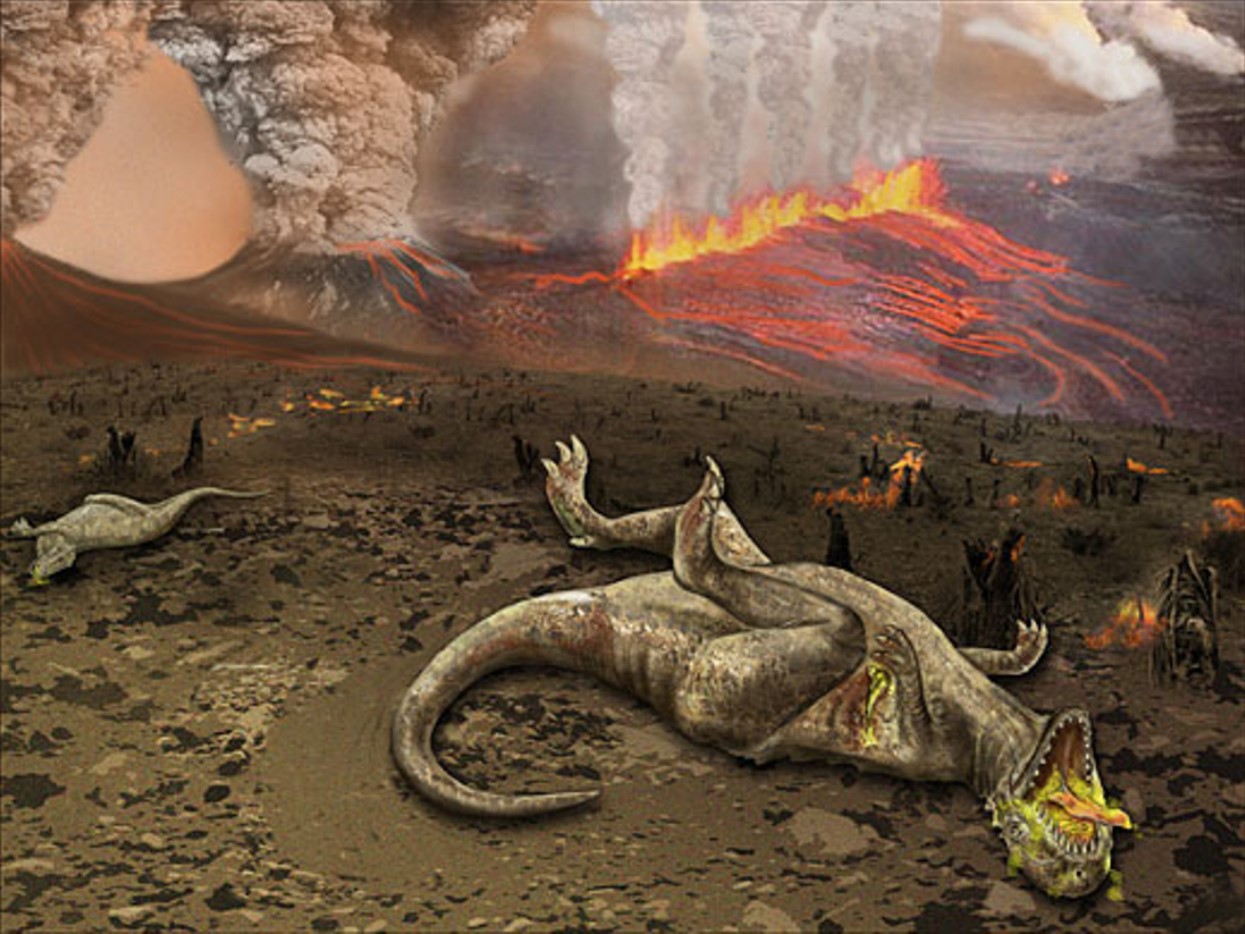
Source: Wikipedia
The Journal of Science Advances recently published an article explaining that some 200,000 years before the infamous asteroid, volcanoes of the Deccan Trap erupted, causing extreme changes to the atmosphere. Now, scientists are wondering if this event would have killed all the dinosaurs on Earth, even if the asteroid simply passed the planet by.
The Deccan Traps
The Deccan Traps are a large volcanic region covering about 200,000 square miles in what is now west-central India.

Source: Wikipedia
Some researchers believe the volcanic area once covered up to 600,000 square miles when it was first formed about 66.25 million years ago. If that age sounds familiar, it’s because the Deccan Traps were formed just a few hundred thousand years before the supposedly dinosaur-killing asteroid.
How Do Scientists Know When the Deccan Traps Erupted?
It may seem impossible to pinpoint a volcanic eruption from tens of millions of years ago. However, scientists have been able to analyze rock formations at Deccan Traps to know almost exactly when the last eruption occurred.
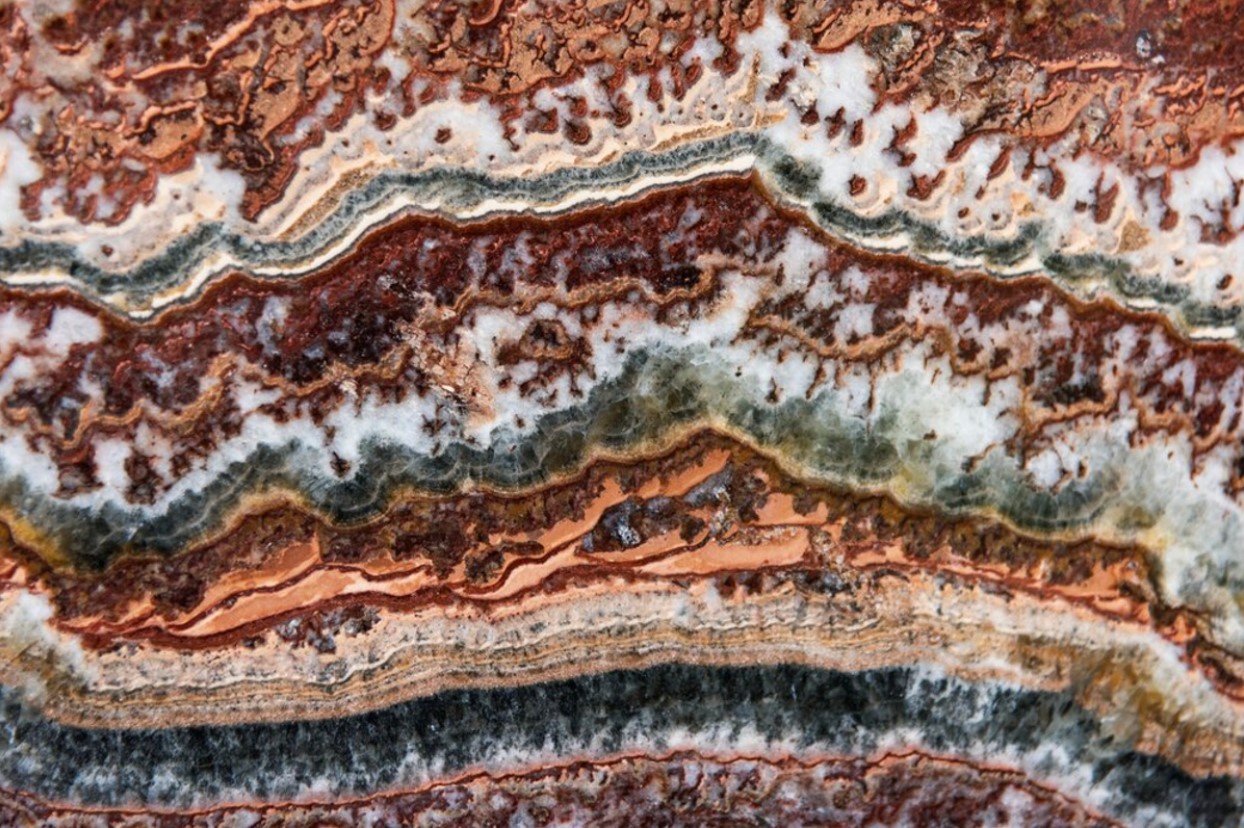
Source: Freepik
They were able to determine which layers of rock were formed exactly 66.25 million years ago, and within those layers, they found evidence of sulfur, volcanic ash, and various other minerals that would only have been concentrated in such high numbers directly after an eruption.
What Happened When the Deccan Traps Erupted?
This precise dating has proven that the Deccan Traps volcanoes erupted just 250,000 years before the asteroid hit and continued for at least 750,000 years, releasing at least 579,000 square miles of molten lava.
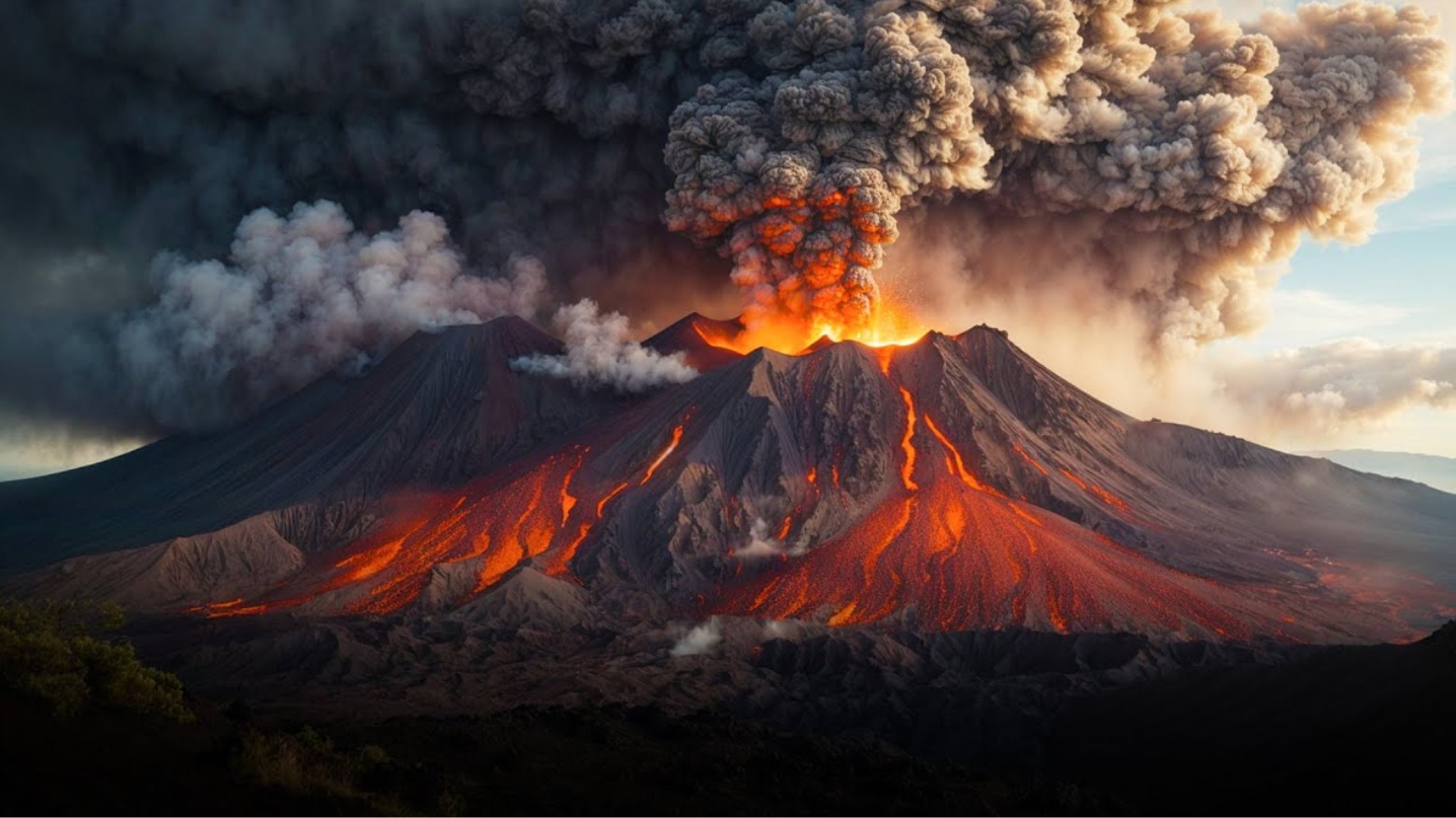
Source: @NakedScience/YouTube
But it wasn’t just the burning lava that would have affected any living plant or animal on Earth. The ginormous and long-lasting eruption also would have drastically changed the planet’s atmosphere and air composition.
The Aftermath of a Giant Eruption
During and after the great eruption of the Deccan Traps, volatile chemicals would have been released, completely poisoning the air and the water on Earth.
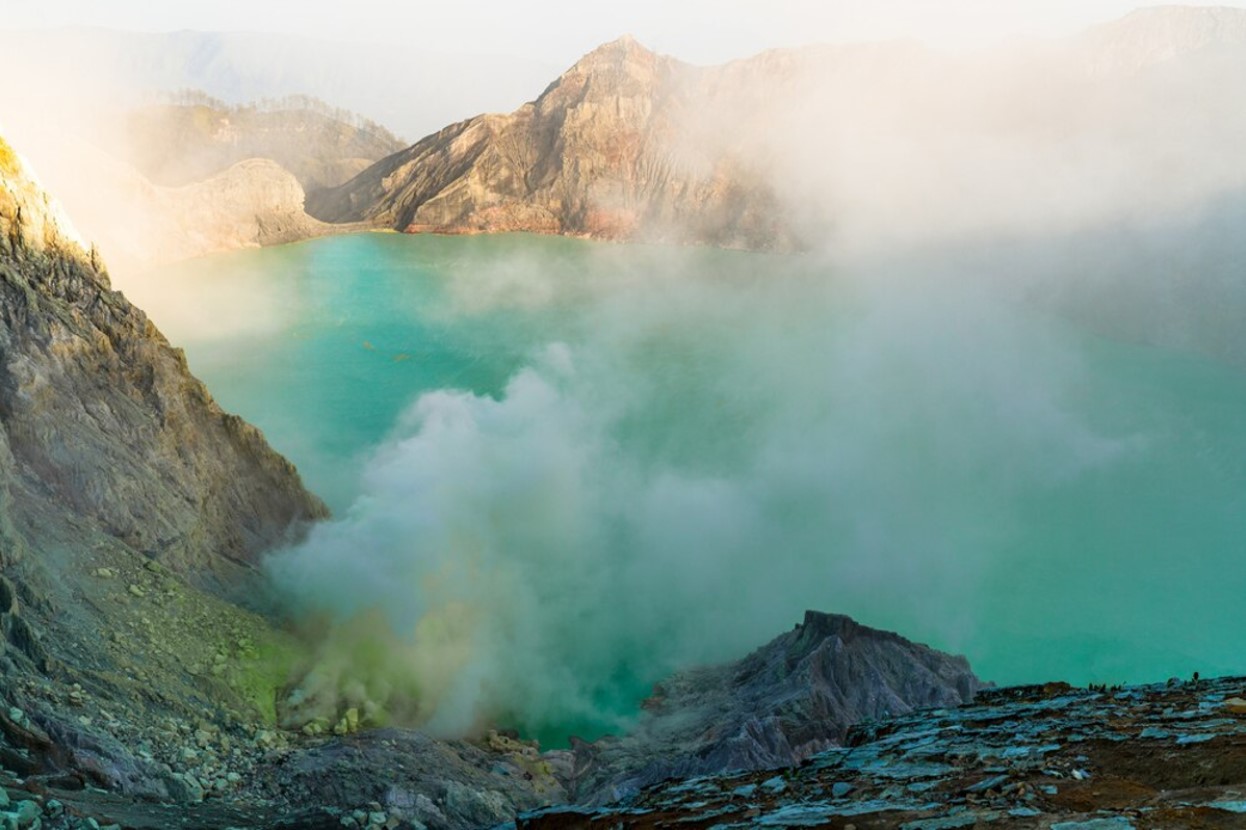
Source: Freepik
The most potent pollution from volcanic eruptions comes from sulfur and carbon dioxide, both of which, in mass amounts, would make the air unbreathable and kill the vast majority of plants both on land and in the oceans.
The Catastrophic Effects
Michael Eddy, a graduate student in MIT’s Department of Earth, Atmospheric, and Planetary Sciences (EAPS), explained that this pollution would have “[killed] a significant portion of plankton — the base of the food chain.” And, “If you wipe them out, then you’d have catastrophic effects.”
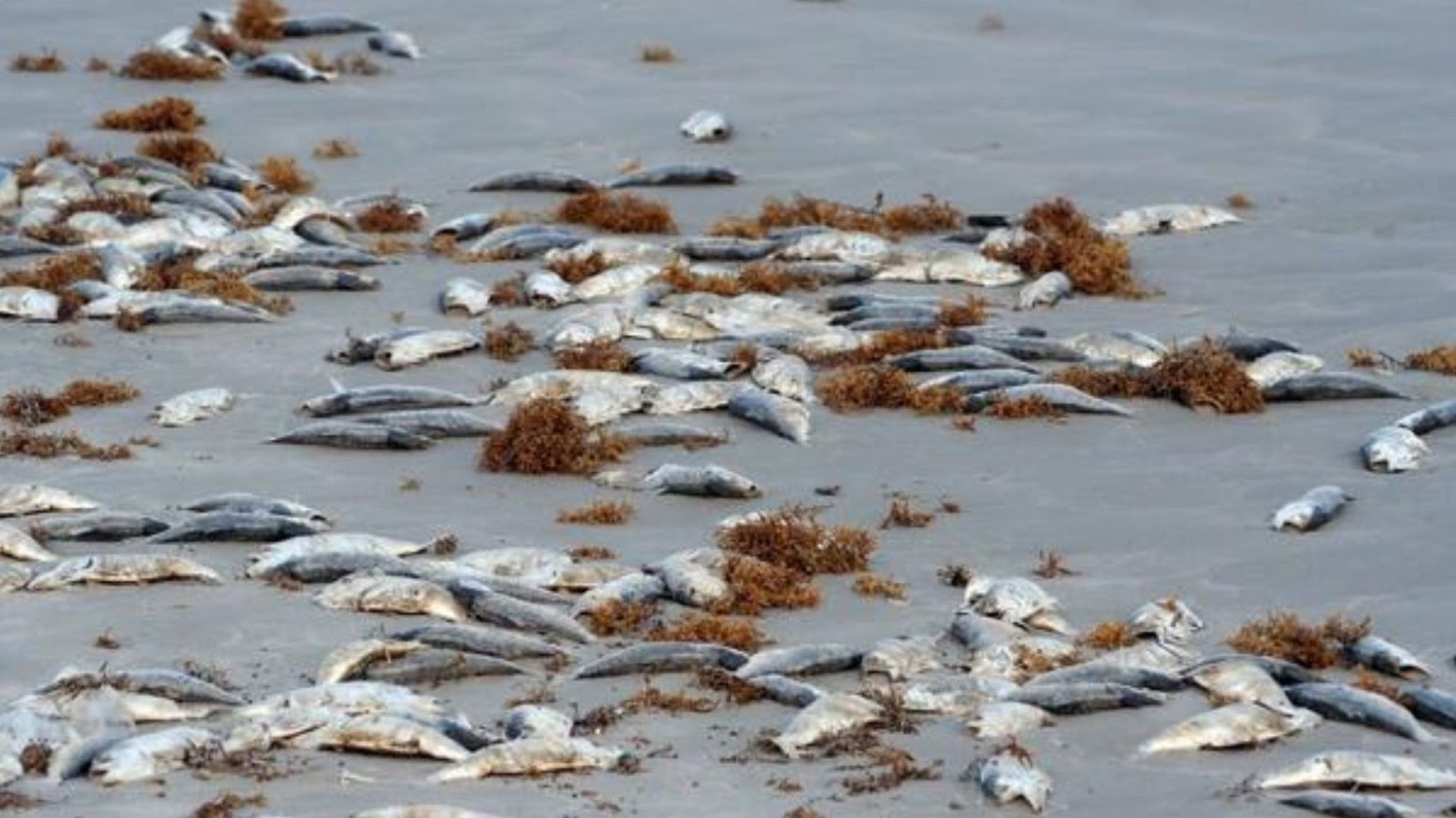
Source: Shutterstock
Essentially, the entire circle of life and the natural way of the world would have broken down completely. So, while some dinosaurs may have died almost immediately as the air around them was poisonous, over time, the rest would have starved to death.
Can’t the Environment Save Itself?
The environment of planet Earth is almost unbelievably resourceful and innovative. It has survived and eventually recovered from hundreds of apocalyptic events over the 4.5 billion years of its existence.
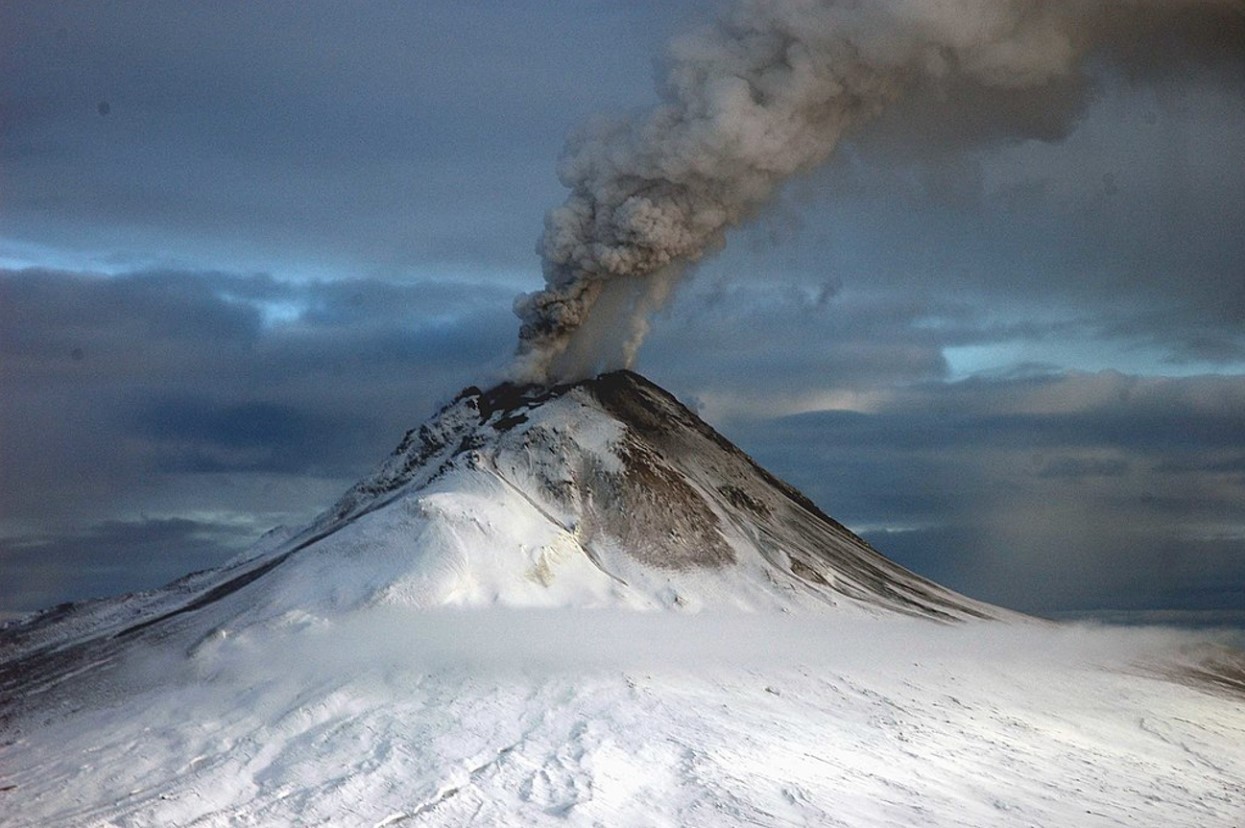
Source: Wikipedia
However, there is a third result from a catastrophic volcanic eruption like that of the Deccan Traps. It’s what scientists call a volcanic winter.
How Can Volcanoes Create an Ice Age?
A volcanic winter is defined as an overall reduction in global temperatures caused by droplets of sulfuric acid and volcanic ash blocking the sun after a large eruption.

Source: Freepik
This phenomenon can not only cause a large percentage of the plants, animals, and water all around the globe to freeze and die. If the sun is blocked significantly or long enough, it can also ignite a worldwide ice age.
Trying to Survive on an Unstable Earth
While it’s challenging to know for sure what happened some 66 million years ago, many scientists now believe that the eruption of the Deccan Traps almost certainly caused a mini ice age, as well as extensive pollution of the Earth’s air and waters.
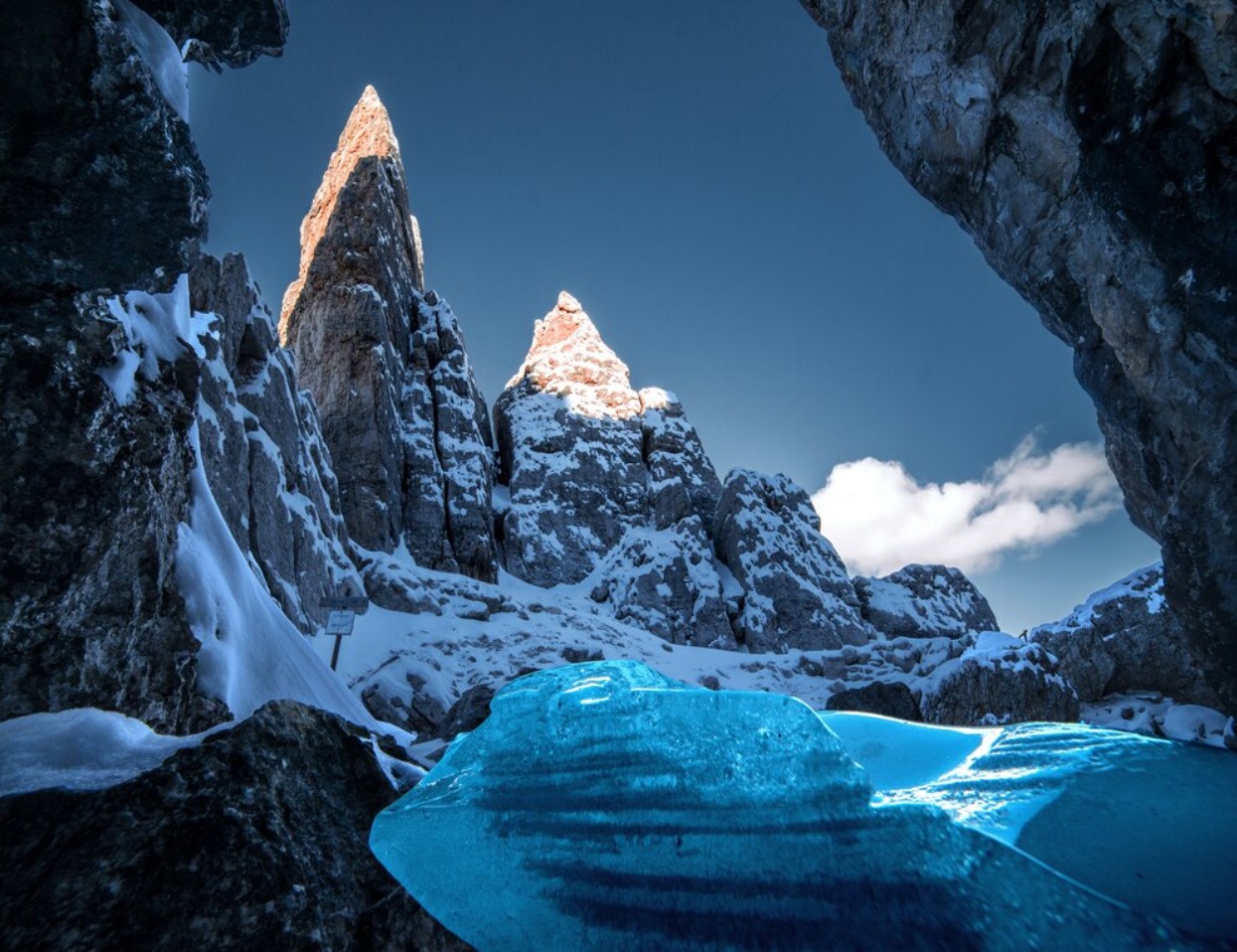
Source: Freepik
And their hypothesis is that this instability in weather, extreme changes, lack of food, and poisoned air and water could have completely wiped out every dinosaur on Earth.
Either Way, the Dinosaurs Were Gone Within a Few Hundred Thousand Years
Currently, there is still a heated debate among academics as to whether it was the eruption or the asteroid that finalized the extinction of the dinosaurs. And while research will undoubtedly continue, it may be impossible to fully prove either theory.
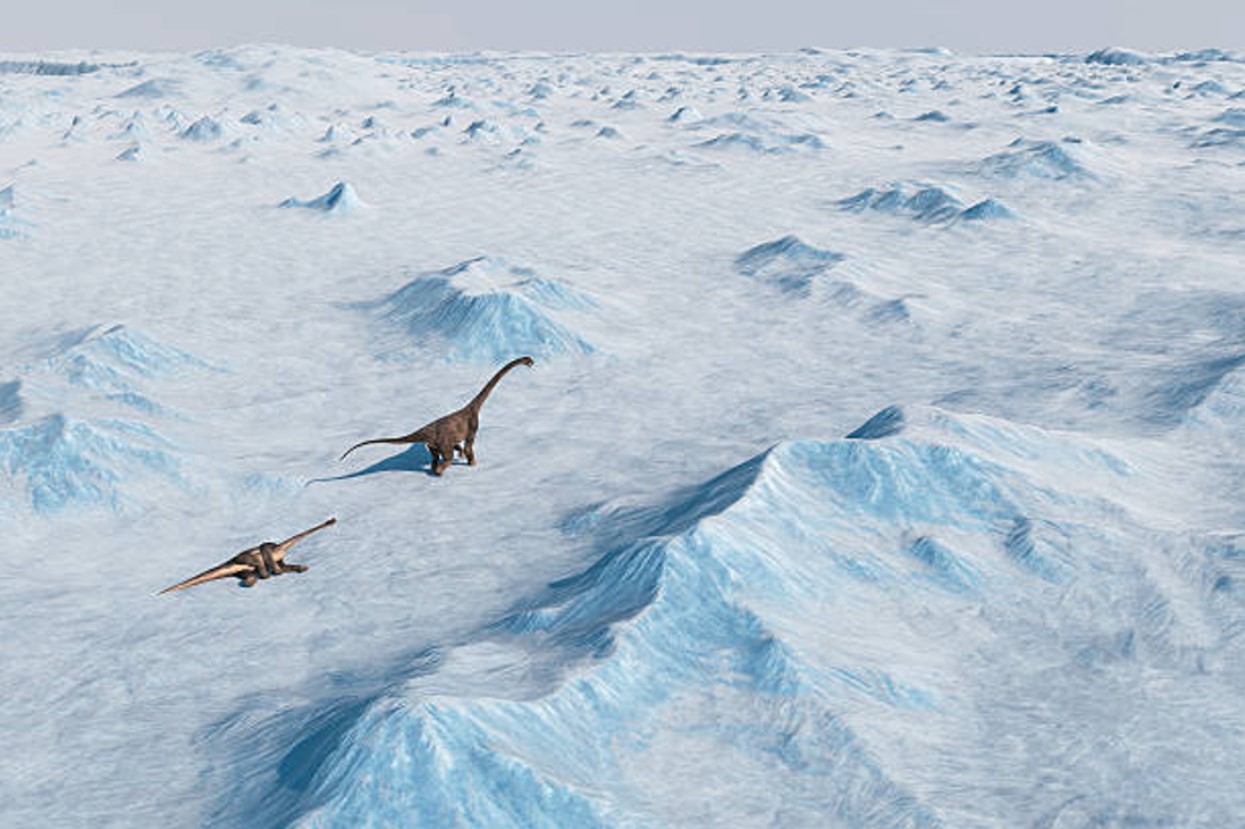
Source: iStock
As Sam Bowring from MIT explained, “The [asteroid] impact may have caused the extinction. But perhaps its effect was enhanced because things were softened up a bit by the eruption of these volcanoes. I don’t think the debate will ever go away.” But it seems that either way, the dinosaurs were doomed to die.
